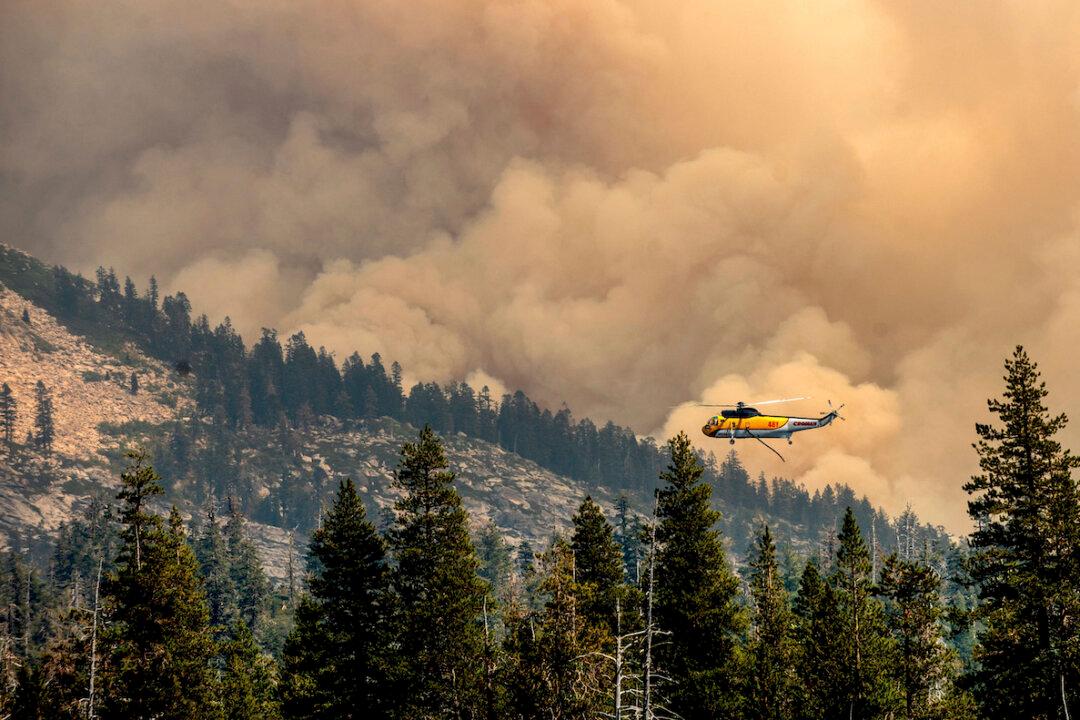President Joe Biden has declared an emergency in California as the Caldor Fire continues to threaten homes and businesses near Lake Tahoe, fuelled by powerful winds and dry conditions.
The declaration authorizes coordination of disaster relief measures by the Department of Homeland Security (DHS) and Federal Emergency Management Agency (FEMA), the White House said in a statement.





